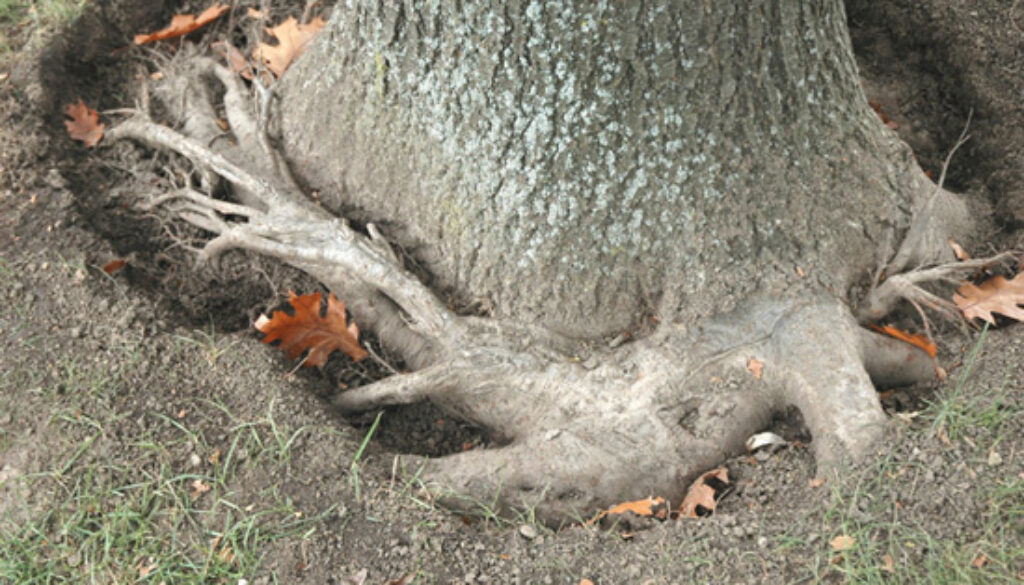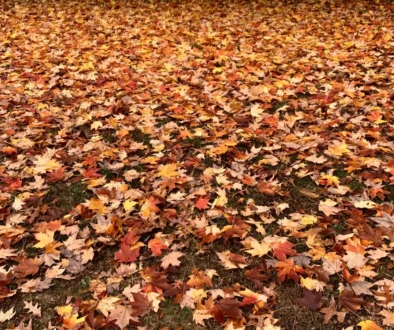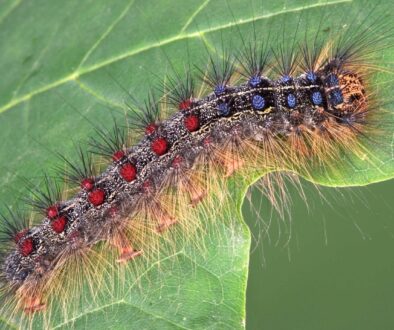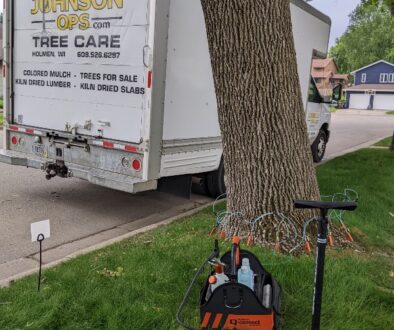Girdling Roots and other Root Collar Problems
Girdling Roots and other Root Collar Problems
How Do Girdling Roots Typically Form?
Many girdling roots originate from trees that are restricted in containers at nurseries. When the roots cannot extend outward, they start to encircle the root ball, following the edges of the container. Moreover, incorrect planting methods can contribute to this problem, especially when trees are planted too deeply. No matter the cause, these circumstances adversely affect tree growth and can result in a deterioration of tree health.
Signs of Root Collar Disorders
There are a number of signs to look out for which can indicate root collar problems with the trees on your property. Don’t dismiss them as being too minor.
Some common symptoms of root collar disorders include:
- Yellowing leaves
- Early leaf coloration and dropping
- Dieback in the tree’s upper crown
Some of these symptoms might suggest a few different problems. That’s why its important to consult with a Certified Arborists. who can get to the root of the problem.
Recognizing Root Collar Disorders
Trees should have a noticeable flare at the root collar. If this is not the case, it indicates that the tree’s root collar may be buried, which can hinder the tree’s ability to exchange oxygen and carbon dioxide within its inner bark. Essentially, the tree is suffocating due to the buried root collar. Furthermore, the stress from having a buried root collar makes trees more vulnerable to various other issues, including those caused by secondary pests like wood-boring insects. Additionally, a girdling root can gradually obstruct the flow of sap, restricting the tree’s capacity to transport nutrients.
When it comes to girdling roots, you may notice an unusual trunk flare. In reality, with girdling roots, the flare of a tree’s trunk can appear narrower compared to other sections of the trunk. Additionally, watch for roots that wrap around the trunk above the soil. Girdling roots typically occur just below the soil line, but they can occasionally be seen above ground.
If you are unsure call us at Johnson Ops Tree Care, one of our Certified Arborist will be glad to to meet with you and go over your concerns.




